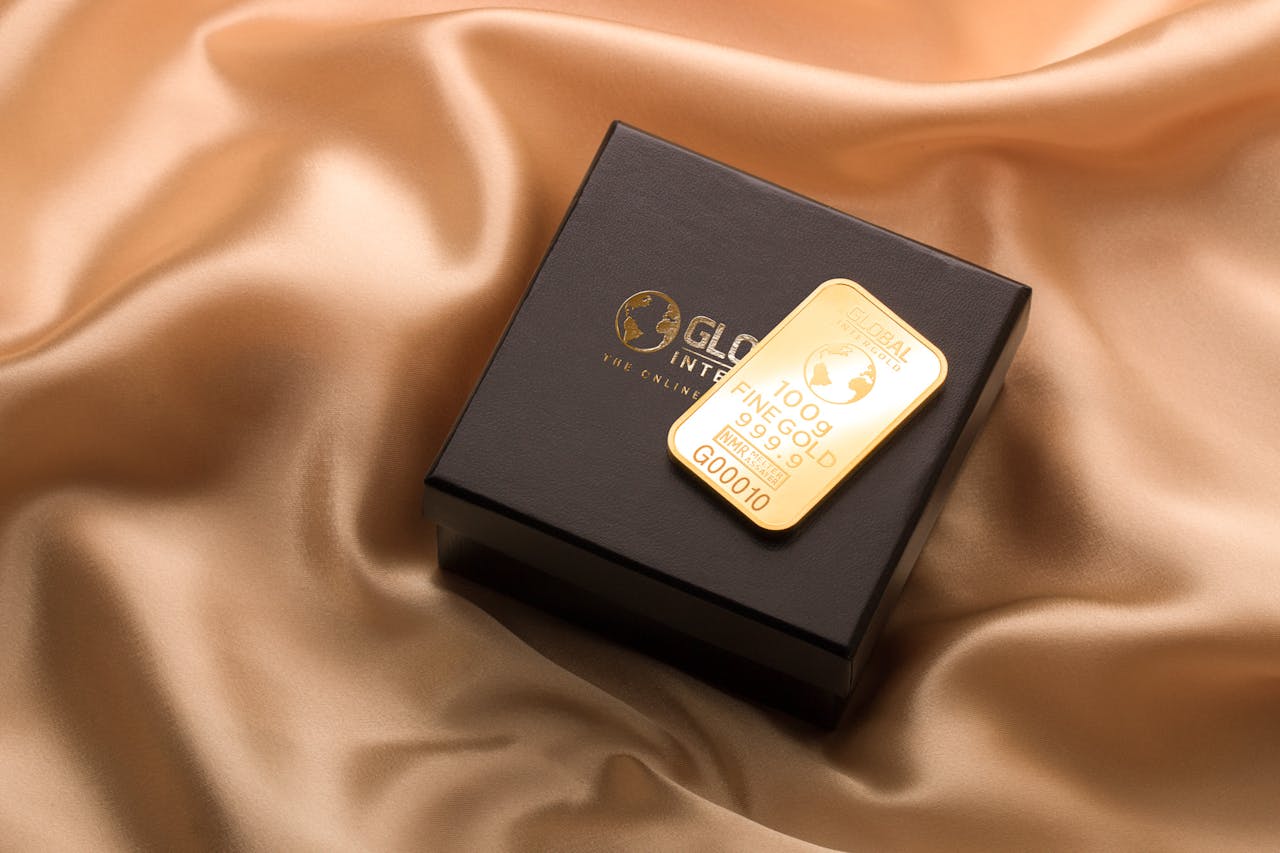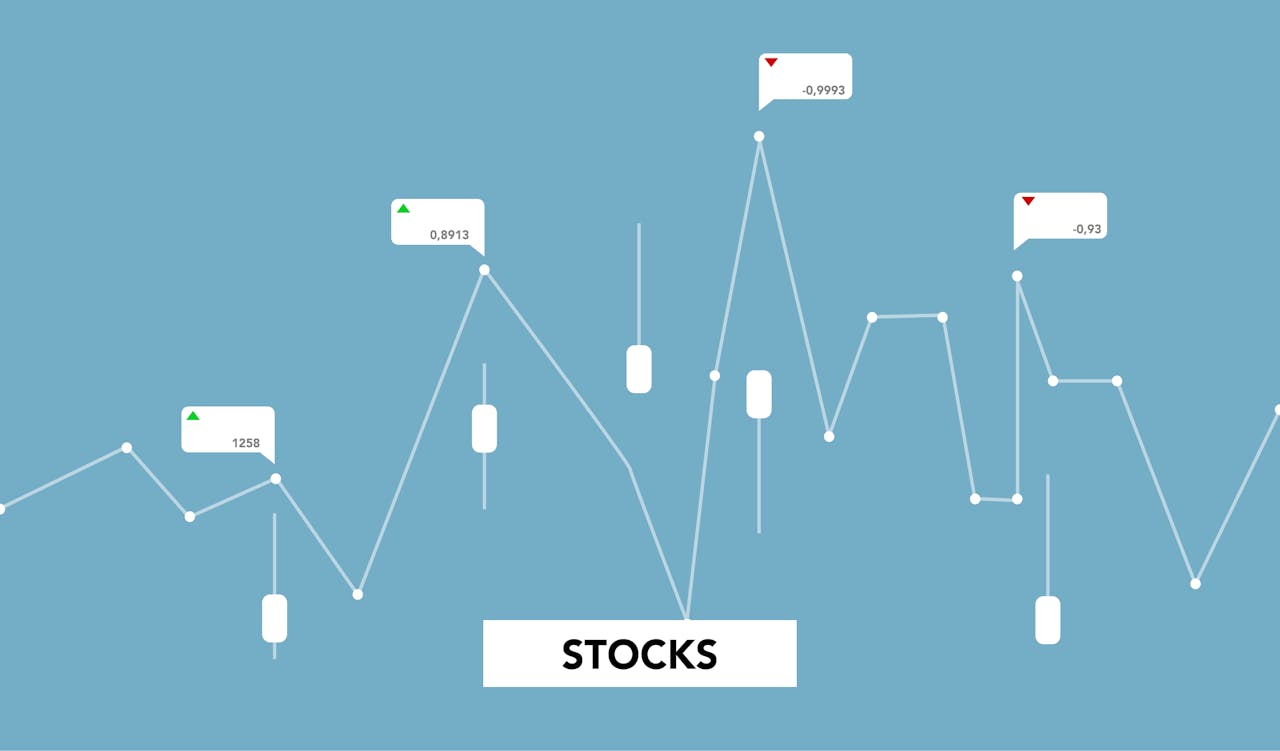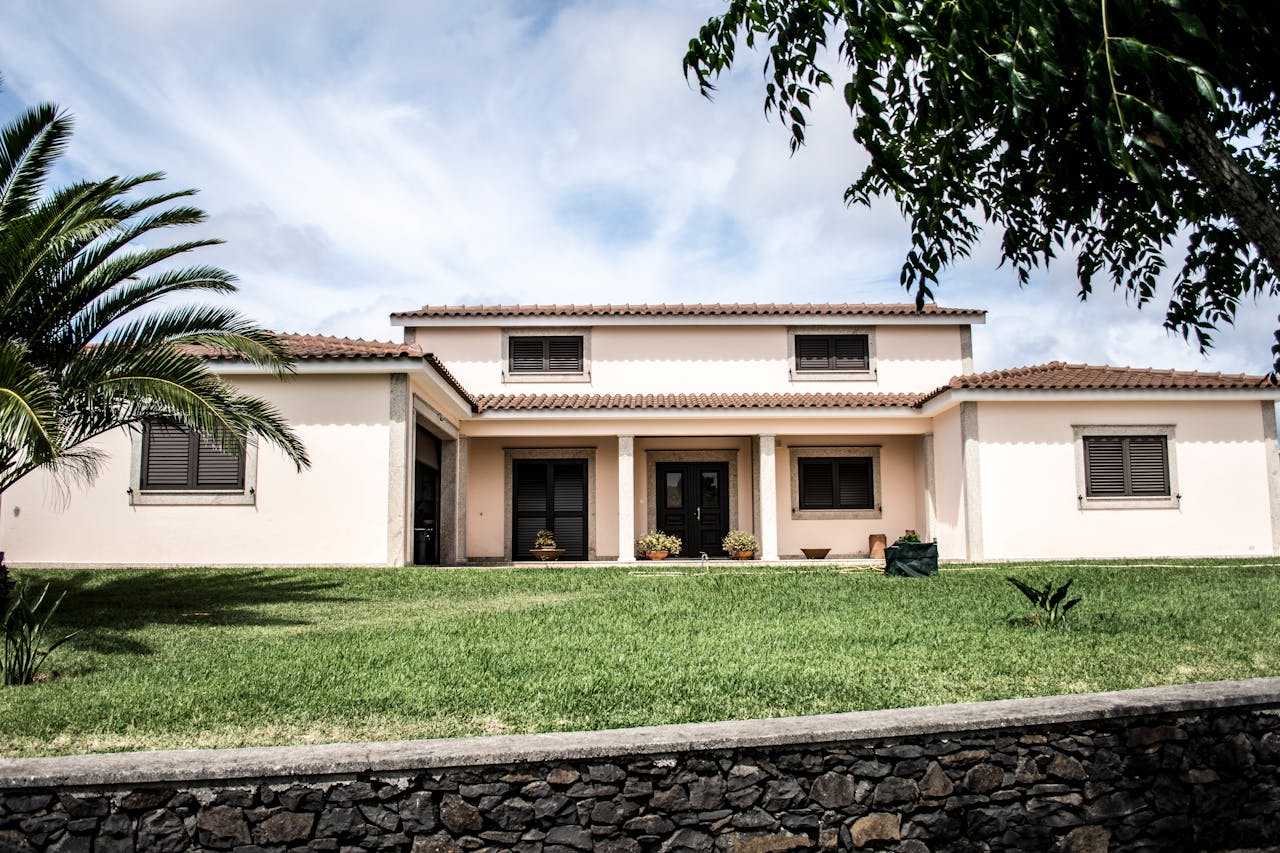Precious metals, such as gold, silver, platinum, and palladium, have long been regarded as valuable commodities. Investors and traders often turn to these metals as safe havens during times of economic uncertainty. However, these metals, like all commodities, are subject to price volatility, which can significantly affect the market. Understanding the factors that influence price fluctuations and the implications for investors is essential for making informed decisions.
What is Price Volatility?
Price volatility refers to the extent to which the price of an asset, in this case, precious metals, rises or falls over time. High volatility indicates significant price changes in short periods, while low volatility suggests more stable pricing. Volatility is a critical factor that traders and investors closely monitor, as it directly impacts the risk and reward of investments in precious metals.
Factors Affecting Price Volatility in Precious Metals
Several factors contribute to price volatility in the precious metals markets. These factors can range from geopolitical events to economic indicators and investor sentiment. Let’s examine some of the key drivers of volatility.
1. Economic Data and Market Sentiment
Economic reports such as GDP growth, inflation rates, and unemployment statistics often influence the behavior of precious metal markets. For instance, when inflation rises, precious metals like gold are seen as a hedge against inflation, driving prices upward. Conversely, when economic growth is strong, investors might move their funds away from safe-haven assets, causing prices to fall.
2. Geopolitical Events and Global Uncertainty
Geopolitical tensions and global crises can cause significant fluctuations in precious metal prices. Events like wars, natural disasters, and political instability often lead to increased demand for gold and silver as safe-haven assets. As a result, price volatility tends to spike during times of uncertainty. The 2008 financial crisis is a prime example, where gold prices surged as investors sought security.
3. Currency Movements and Interest Rates
The value of the U.S. dollar plays a pivotal role in the pricing of precious metals. A stronger dollar usually leads to lower prices for metals like gold and silver, while a weaker dollar can cause prices to rise. Interest rates also have a significant impact on precious metal markets. When interest rates are low, the opportunity cost of holding non-yielding assets like gold decreases, often causing prices to rise.
4. Supply and Demand Dynamics
The balance between supply and demand is a fundamental driver of price movements. Precious metals are finite resources, and changes in mining output can influence prices. If new mining discoveries are made or if production costs increase, supply may decrease, leading to higher prices. Additionally, growing industrial demand, particularly for silver and platinum in electronics and renewable energy technologies, can also push prices higher.
How Volatility Affects Precious Metal Investors
Volatility in precious metals markets presents both risks and opportunities. For investors, it is essential to understand the implications of price swings.
Risk of Losses
One of the primary risks of price volatility is the potential for significant losses. If an investor buys a precious metal at a high price, only for the market to experience a sharp downturn, the value of their investment may decline. This risk is exacerbated during times of extreme market fluctuation when prices can swing wildly in a short period.
Opportunity for Profit
On the other hand, volatility can create opportunities for profit. Skilled traders can take advantage of short-term price movements to buy low and sell high. Many traders use technical analysis, chart patterns, and other tools to predict price movements and capitalize on market fluctuations. Investors with a well-diversified portfolio might also find opportunities to hedge their positions and reduce overall risk during volatile times.
Historical Volatility in Precious Metals Markets
Looking back at the historical performance of precious metals provides valuable insight into how these assets behave during volatile periods. Gold, in particular, has seen massive price swings over the years.
The 2008 Financial Crisis
During the global financial crisis of 2008, gold experienced one of its most significant rallies. As stock markets plummeted and financial institutions faltered, gold surged in value, driven by its reputation as a safe haven. Investors sought the security of tangible assets, and this demand caused gold prices to climb rapidly.
The COVID-19 Pandemic
The COVID-19 pandemic triggered another wave of volatility in the precious metals markets. As global economies shut down, investors flocked to gold and silver as a hedge against both the pandemic’s economic fallout and the uncertainty surrounding the future. Gold prices hit record highs in 2020, with silver also experiencing significant price increases.
Managing Price Volatility in Precious Metals
Investors can take several strategies to manage and mitigate the risks associated with price volatility in precious metals markets.
1. Diversification
Diversification is one of the most effective ways to manage risk in volatile markets. By holding a range of different assets, investors can reduce their exposure to any single asset’s price swings. A portfolio that includes a mix of precious metals, stocks, bonds, and other assets helps to balance risk and reduce the impact of volatility.
2. Hedging Strategies
Hedging involves taking offsetting positions to protect against price declines. Precious metal investors may use options, futures contracts, or exchange-traded funds (ETFs) to hedge their positions. For example, if an investor holds physical gold but fears a price decline, they may purchase a gold futures contract to lock in future prices.
3. Long-Term Investment
For many investors, long-term holding of precious metals is a way to ride out periods of volatility. By holding onto their investments for several years, they can often recover from short-term price fluctuations. This strategy is particularly effective for investors who view precious metals as part of their long-term wealth preservation strategy.
Conclusion
Price volatility in the precious metals markets is an inherent feature of these commodities. Various factors, such as economic data, geopolitical events, and currency fluctuations, contribute to market instability. While volatility presents risks, it also creates opportunities for skilled investors to profit. By understanding the drivers of volatility and employing strategies like diversification and hedging, investors can better navigate the unpredictable nature of precious metals markets. For those with a long-term view, precious metals continue to be an essential part of a well-rounded investment portfolio, providing stability and wealth protection in times of uncertainty.
Check out our Facebook or X accounts.
For more topics check here.



